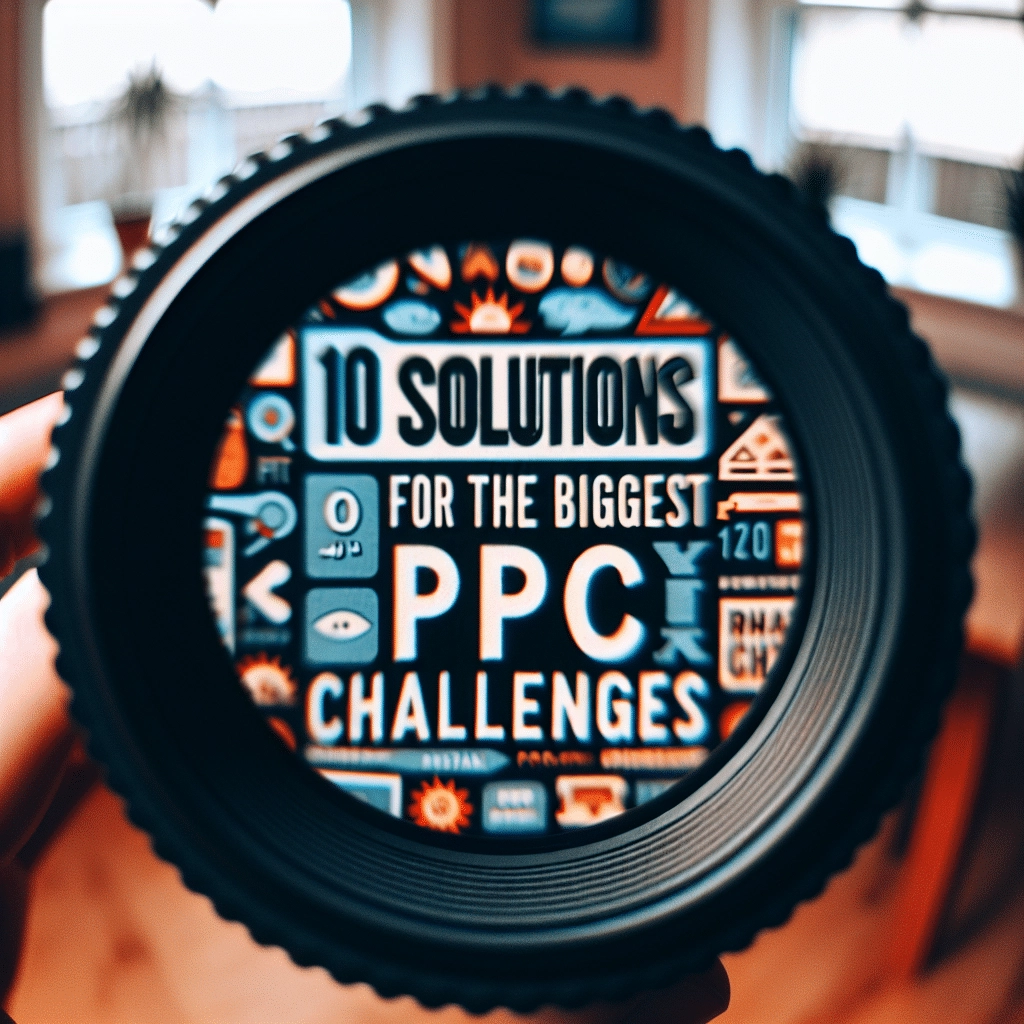Understanding the PPC Landscape
The Importance of Market Research
To kick things off, let’s talk about market research. I can’t stress enough how vital this is when you’re diving into PPC. Depending on your niche, the landscape can be vastly different. You need to understand who your audience is, what keywords they’re using, and where they spend time online. Without this foundation, creating effective ads is like trying to find your way in the dark.
When I embark on a new PPC campaign, I always start with a deep dive into research tools. Utilizing platforms like Google Keyword Planner and SEMrush gives me insights into potential keywords and trends. It’s kind of like getting a cheat sheet for your audience’s behavior.
Finally, don’t forget about your competitors. A good ol’ competitive analysis can reveal not just who you’re up against, but also what’s working (or not) for them. Understanding this can help shape your approach significantly.
Budgeting Wisely for Campaigns
Creating a Clear Budget Plan
So, you know your audience, but now comes the tricky part: budgeting. Setting a clear budget for your campaigns is crucial. I suggest starting with a monthly or even weekly budget so you can easily track your spending and results. It’s all too easy to overspend, especially when enthusiasm takes the lead!
I personally like to allocate my budget based on performance data. Start with a larger portion for the high-performing campaigns and be prepared to pivot as necessary. This flexibility can really help maximize your returns.
Also, keep an eye on your cost-per-click (CPC) and return on ad spend (ROAS). These metrics will help you make informed decisions on whether to scale up or dial back your budget, ensuring your ad spend is efficient.
Crafting Compelling Ad Copy
Know Your Audience’s Pain Points
Writing ad copy is an art form! To really resonate with your audience, you have to nail their pain points. I always put myself in their shoes. What problems are they facing, and how can my product solve those issues? This empathy-driven approach tends to create a stronger emotional connection.
Once I’ve identified the pain points, I focus on creating a clear call-to-action (CTA). A strong CTA prompts the viewer to take immediate action, and it’s crucial for driving conversions. Whether it’s “Shop Now” or “Get Your Free Trial,” a strong CTA makes all the difference.
Lastly, A/B testing different versions of your ads is essential. You might think you’ve crafted the perfect copy, but testing lets you know how your audience actually responds. Keep tweaking and iterating until you find that sweet spot!
Optimizing Landing Pages
The Role of User Experience
Landing pages can make or break your PPC campaign! If your ads are converting but users aren’t completing actions on your landing page, something’s off. I always ensure that my landing page aligns perfectly with my ad copy to prevent any confusion.

User experience is everything. Make sure your landing page loads quickly, is mobile-friendly, and that the design is clean and easy to navigate. Every second counts—if a visitor has to wait too long, they’ll click away without thinking twice.
Lastly, I suggest incorporating testimonials or social proof on your landing pages. It’s a great way to build trust with potential customers who are on the fence about making a purchase. Seeing that others have had a positive experience can be a game changer!
Tracking and Analyzing Performance
Setting Up Accurate Tracking
Alright, let’s chat about tracking. It’s absolutely necessary to set up accurate tracking to get the full picture of your PPC performance. If you’re not tracking your results, you’re flying blind! I always implement UTM parameters to help me see exactly where my traffic is coming from.
Utilizing tools like Google Analytics is a must. With proper setup, you can monitor everything from traffic sources to conversion rates. The insights here are invaluable and will guide your decision-making moving forward.
Post-campaign analysis is key too. After running a campaign, I take the time to review what worked and what didn’t. This continuous improvement mindset is essential for long-term success in PPC.
FAQs
What are the key factors to consider when starting a PPC campaign?
Start with solid market research, set a clear budget, and craft compelling ad copy that aligns with your audience’s needs. Optimize your landing pages and ensure you have tracking in place for performance analysis.
How can I effectively measure the success of my PPC ads?
Measure success through key metrics like click-through rates (CTR), conversion rates, and return on ad spend (ROAS). Regularly reviewing these metrics will help you understand the effectiveness of your campaigns.
What should I do if my PPC campaign isn’t performing well?
If your campaign isn’t performing as expected, start by reviewing your keywords, ad copy, and landing pages. You may need to adjust your targeting or budget allocations as well.
How often should I adjust my PPC campaigns?
Regular adjustments are a part of the process. I recommend reviewing your campaigns weekly, especially in the early stages, to identify trends and make necessary tweaks.
Is A/B testing really necessary for PPC success?
Absolutely! A/B testing allows you to compare different versions of your ads to see what resonates best with your audience. This can significantly improve your click-through and conversion rates over time.


